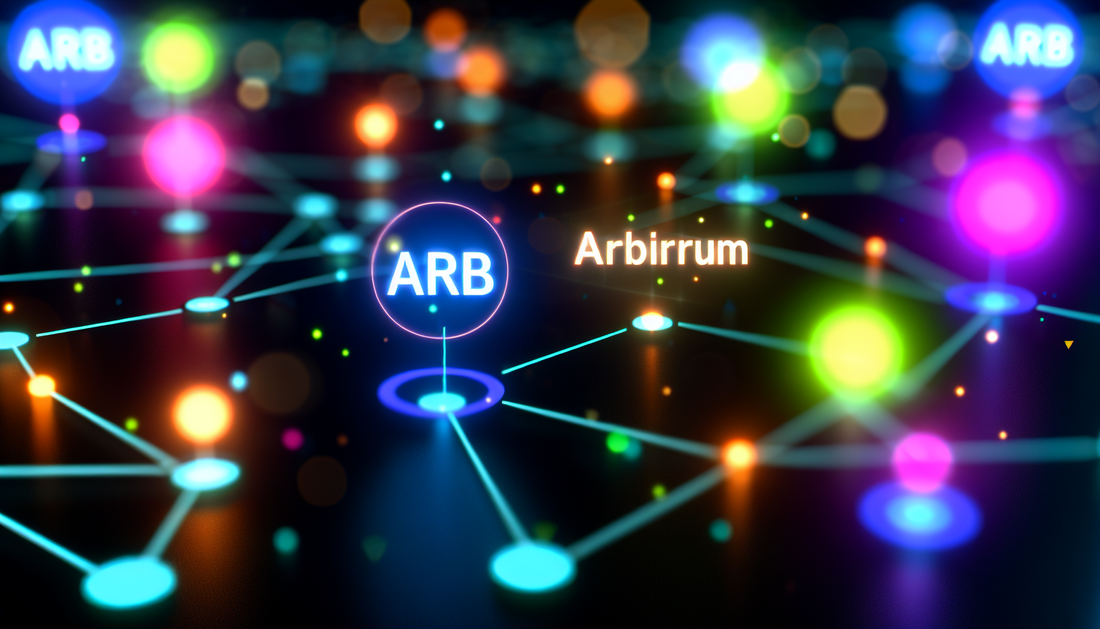
Decoding Arbitrum: A Dive into ARB Tokenomics
Share
Understanding the Tokenomics of Arbitrum (ARB)
Arbitrum (ARB) is a layer-2 scaling solution built on Ethereum, aimed at enhancing transaction throughput and reducing costs. A crucial aspect of any blockchain ecosystem is its tokenomics, which governs how tokens are distributed, used, and valued within the network. Here we’ll delve into the complex tokenomics of ARB without straying into external factors like market fluctuations or speculative assessments.
Token Allocation
The initial allocation of ARB tokens is a critical component in understanding Arbitrum's tokenomics. Generally, the allocation structure aims to balance between incentivizing developers, supporting the community, and ensuring the project's longevity through adequate reserves. Arbitrum's allocation includes significant portions assigned to development teams, initial investors, and ecosystem incentives to foster growth and adoption.
Incentive Structures
ARB's incentive mechanisms play a pivotal role in promoting network participation and development. Multi-tiered incentive programs are structured to reward validators, developers, and users, encouraging more activity on the platform. This model is designed to create a sustainable environment where incentives align with the long-term growth of the network.
Governance and Decentralization
Another crucial element is decentralized governance, an area wherein the ARB token acts as a voting utility. Governance within Arbitrum empowers token holders to influence key decisions, ranging from protocol upgrades to modifications in the incentive systems. For those interested in the broader scope of governance models in crypto, exploring [Decentralized Governance: The Heart of Polygon's MATIC](https://bestdapps.com/blogs/news/decentralized-governance-the-heart-of-polygons-matic) could provide valuable insights.
Supply Dynamics
The token supply dynamics of ARB are geared towards sustainability and controlled inflation. The initial supply cap, emission rate, and any potential burning mechanisms are designed to maintain token scarcity while fostering a robust transaction environment. These supply-related mechanisms are crucial for stabilizing the token's internal economy over time.
Cross-Integration with Other Networks
A key aspect of Arbitrum's strategy is interoperability with other blockchain networks, adding an extra layer of utility to the ARB token. This aligns with emerging trends in blockchain technology, as seen in projects like Solana, which aims to provide scalable and interoperable solutions to blockchain challenges. Interested readers can explore similar themes in [Unlocking Solana: The Future of Blockchain Applications](https://bestdapps.com/blogs/news/unlocking-solana-the-future-of-blockchain-applications).
Developer and Community Engagement
Lastly, Arbitrum actively engages with a growing developer community, offering grants and support to boost ecosystem development. This aspect of tokenomics ensures that the platform continually evolves, integrating new technologies and scaling alongside user requirements.
For those interested in exploring crypto exchanges for potential investments, here is a [referral link](https://accounts.binance.com/register?ref=35142532) to Binance, one of the leading cryptocurrency exchanges.
